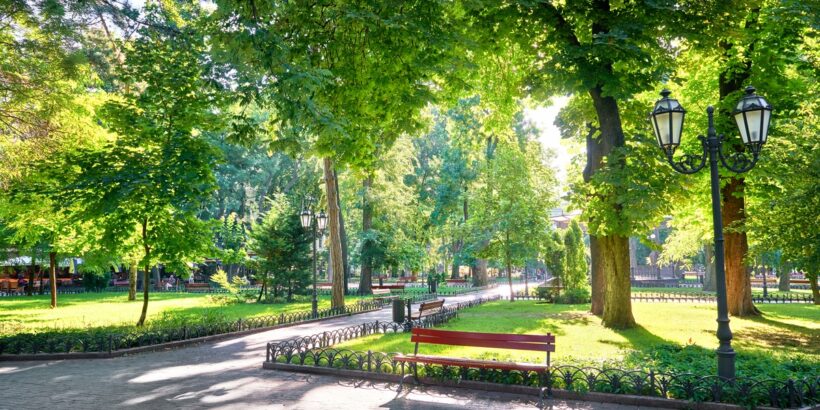City leaders face mounting pressure to create environments that attract residents, businesses, and tourists. The cities that thrive understand that beauty extends far beyond basic infrastructure—it encompasses the entire urban experience.
The following strategies can transform your city into a destination people actively choose to visit or even live in.
Invest in Public Art and Cultural Installations
Public art transforms bland urban spaces into conversation starters. Cities that prioritize artistic installations create memorable experiences for residents and visitors alike. For example, Japan’s manhole cover art demonstrates how even utilitarian infrastructure can become a source of civic pride and tourist interest.
Commission local artists to create murals, sculptures, and interactive installations throughout your city. These investments pay dividends through increased foot traffic, social media attention, and community engagement. Public art also provides opportunities for residents to connect with their city’s identity and express local values.
Create Walkable Downtown Districts
Pedestrian-friendly areas generate more economic activity than car-dependent zones. When people can easily walk between shops, restaurants, and entertainment venues, they spend more time and money in these areas.
Implement dedicated pedestrian zones during peak hours or weekends, and add comfortable seating, shade structures, and clear wayfinding signage. Cities that prioritize walkability see higher property values and increased business revenue.
Develop Green Spaces and Parks
Urban green spaces provide residents with recreation opportunities while improving air quality and reducing heat island effects. Parks serve as community gathering places, where families can relax and neighbors can connect.
Design parks that serve multiple purposes—include playgrounds for children, exercise areas for adults, and open spaces for community events. Also, planting native landscaping reduces maintenance costs while supporting local wildlife. Well-maintained green spaces signal that city leadership cares about the quality of life of the community.
Enhance Lighting and Safety Features
Good lighting makes cities feel safer and more welcoming after dark. Strategic illumination highlights architectural features, creates ambience, and encourages evening foot traffic in commercial areas.
Install LED lighting systems that provide adequate brightness while minimizing energy costs. Focus on lighting pedestrian pathways, crosswalks, and public gathering spaces. Visible security measures like emergency call boxes and security cameras help residents feel protected without creating an oppressive atmosphere.
Support Local Food and Entertainment Venues
Cities with diverse dining and entertainment options attract visitors and retain residents. Local businesses create unique experiences that chain establishments cannot replicate.
To encourage community engagement, host regular events, such as farmers markets, concerts, and festivals, that showcase local talent and products. These activities create buzz and give people reasons to visit your city regularly.
Making your city more attractive requires sustained commitment from leadership and community stakeholders. Start with one or two initiatives that align with your budget and community priorities. Track progress through metrics like foot traffic, business openings, and resident satisfaction surveys, and adjust as needed.
Your city’s attractiveness directly impacts economic development, population growth, and overall quality of life for everyone who calls it home. Partner with local organizations, businesses, and residents to build support for long-term improvements. Cities that successfully reinvent themselves use a combination of strategic planning with authentic community engagement.
